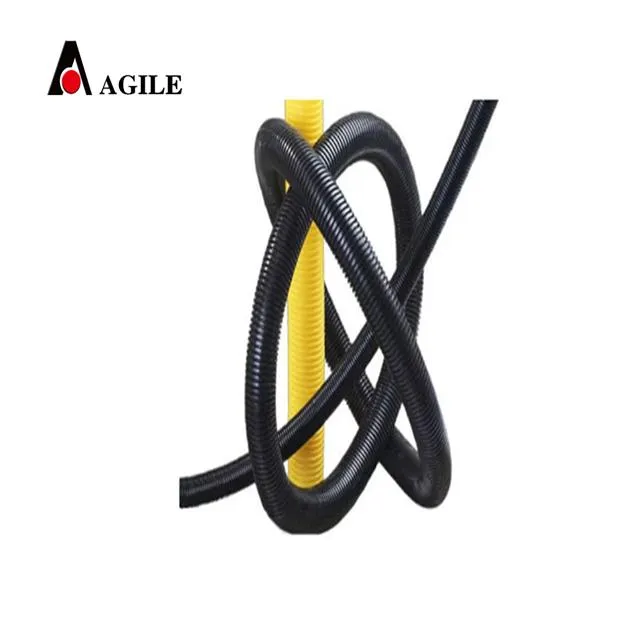Exploring the Benefits and Uses of Cable Track Systems in Modern Infrastructure
Understanding Cable Track Systems An Essential Component for Modern Industries
In today's fast-paced industrial environment, the efficient management of cables is paramount. With advancements in technology, the need for organized, safe, and efficient cable management systems has never been more critical. This is where cable track systems come into play, offering a practical solution to the challenges posed by excessive wiring, tangling, and the potential hazards associated with unmanaged cables.
What is a Cable Track?
A cable track, often referred to as a cable carrier or drag chain, is a mechanical system designed to guide and protect flexible cables, hoses, and tubes in various industrial applications. These tracks are typically composed of interconnected links that create a channel for the cables, allowing them to move freely without becoming pinched or damaged. Cable tracks are utilized in a wide range of industries, including manufacturing, robotics, automation, and telecommunications.
Types of Cable Tracks
Cable tracks come in various designs tailored to different applications and environments. Here are a few common types
1. Open Cable Tracks These tracks feature an open design, allowing easy access to the cables for maintenance and replacement. They are ideal for applications where visibility is essential, and frequent adjustments may be necessary.
2. Enclosed Cable Tracks These tracks provide a protective enclosure for the cables, safeguarding them against environmental hazards such as dust, debris, and moisture. They are commonly used in harsh environments where cable integrity is crucial.
3. Energy Chains Energy chains are specialized cable tracks designed to accommodate not just electrical cables but also pneumatic and hydraulic lines. They are often found in automated machinery and robotics where movement and flexibility are required.
4. Bending Radius Tracks These tracks are designed to accommodate larger cables that require specific bending radii. They ensure that cables move smoothly without risking damage due to excessive bending or twisting.
Benefits of Using Cable Tracks
Implementing cable tracks comes with a multitude of benefits that contribute to the overall efficiency and safety of industrial operations.
1. Organized Cable Management Cable tracks facilitate organized management of cables, reducing clutter and making it easier to identify and troubleshoot issues.
cable track

3. Enhanced Mobility In applications where machines or equipment need to move, cable tracks allow for the seamless movement of cables while maintaining their functionality. This is particularly vital in robotic systems where precision and flexibility are essential.
4. Reduced Downtime With organized cable management and improved protection, the likelihood of cable-related failures decreases, ultimately reducing maintenance time and operational downtime.
5. Extended Cable Life By minimizing wear and tear due to movement and environmental factors, cable tracks can significantly extend the lifespan of cables, leading to cost savings in replacements and repairs.
Applications of Cable Tracks
Cable tracks are versatile and can be implemented in numerous applications, including
- Automated Manufacturing In manufacturing settings, especially those involving robotics, cable tracks ensure the safe and efficient operation of machinery without the risk of cable entanglement.
- CNC Machines Computer Numerical Control (CNC) machines benefit from cable tracks by maintaining organized wiring that supports precision and accuracy.
- Aerospace and Automotive Industries Cable tracks are used in assembly lines and testing equipment, where dynamic movement is necessary.
- Entertainment Industry In stage productions or film sets, cable tracks help manage audio-visual cables, ensuring that performances run smoothly without interruptions.
Conclusion
In summary, cable track systems play a crucial role in modern industries by facilitating organized cable management, enhancing safety, and promoting operational efficiency. With various types tailored to specific applications, the benefits they offer cannot be understated. As technology continues to evolve, the importance of implementing effective cable management solutions like cable tracks will only grow, ensuring that industries can keep pace with the demands of the future while maintaining safety and reliability. Whether in manufacturing, robotics, or the entertainment sector, cable tracks represent a vital component in the world of modern engineering and technology.








